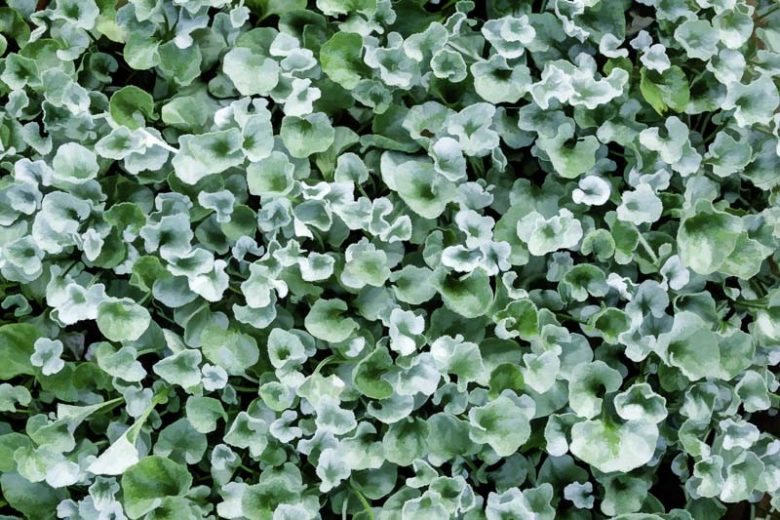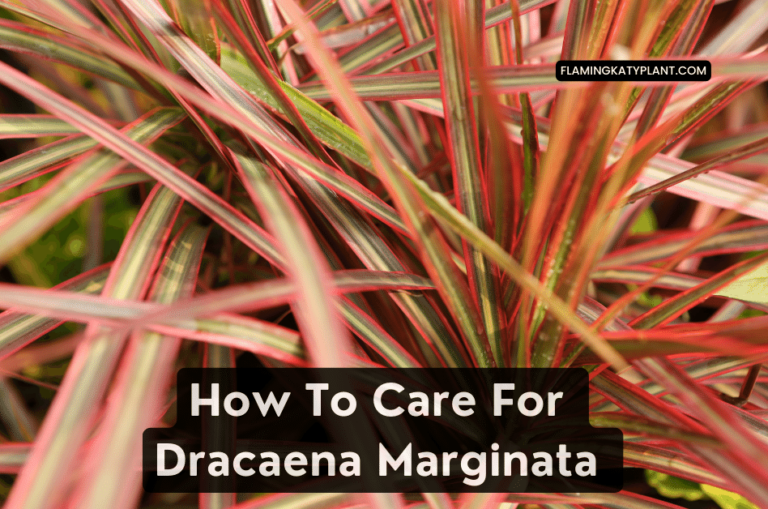How To Care For Sensitive Plant (Mimosa pudica)
How to Care for Sensitive Plant (Mimosa pudica): A Detailed Guide
Mimosa pudica, commonly known as the Sensitive Plant or Touch-Me-Not, is a fascinating plant known for its unique ability to close its leaves in response to touch, light changes, or vibrations. Native to Central and South America, this plant is a delightful addition to any indoor or outdoor garden. Here’s a comprehensive guide to help you care for your Sensitive Plant and keep it thriving.
1. Light Requirements
Sensitive Plants thrive in bright, indirect light. They can tolerate some direct sunlight but prefer filtered light to prevent leaf burn. An ideal location is near an east or south-facing window. If natural light is limited, you can use fluorescent or LED grow lights to supplement. Aim for at least 6-8 hours of bright, indirect light daily.
:max_bytes(150000):strip_icc():format(webp)/sensitive-plant-care-2000-5545f7faee994236a1cb1a4ec3f679a5.jpg?auto=compress&cs=tinysrgb&h=650&w=940)
2. Watering
Mimosa pudica prefers consistently moist soil but is sensitive to overwatering. Follow these watering tips to ensure proper hydration:
- Water the plant when the top inch of soil feels dry to the touch.
- Use room temperature, distilled, or rainwater to avoid chlorine and fluoride, which can cause leaf damage.
- Water thoroughly until water drains out of the bottom of the pot, then empty the saucer to prevent the roots from sitting in water.
- Reduce watering in the fall and winter when the plant’s growth slows, allowing the soil to dry out slightly more between waterings.
3. Humidity
Sensitive Plants thrive in high humidity environments, ideally between 50-70%. To maintain adequate humidity:
- Use a humidifier near the plant.
- Place the pot on a tray filled with water and pebbles.
- Group plants together to create a micro-humid environment.
- Regularly mist the leaves with water, especially in dry indoor conditions.
4. Temperature
Mimosa pudica prefers warm temperatures between 65-85°F (18-29°C). It is sensitive to cold drafts and sudden temperature changes. Keep the plant away from windows or doors that may have cool drafts and from heating or air conditioning vents. Avoid exposing the plant to temperatures below 60°F (15°C).
5. Soil and Potting
Sensitive Plants require well-draining soil. A suitable mix is one part potting soil, one part peat moss or coco coir, and one part perlite or sand. This combination ensures good drainage while retaining some moisture. Repotting should be done annually or when the plant becomes root-bound, ideally in the spring. Choose a pot that is only slightly larger than the current one to avoid excess moisture retention.

6. Fertilizing
Feed your Sensitive Plant every 4-6 weeks during the growing season with a balanced, water-soluble fertilizer diluted to half strength. Avoid fertilizing in the fall and winter months when the plant’s growth slows. Over-fertilizing can lead to a buildup of salts in the soil, which can harm the plant. Organic fertilizers, like fish emulsion or worm castings, can also be used sparingly.
7. Pruning
Regular pruning helps maintain the plant’s shape and encourages new growth. Use clean, sharp scissors or pruning shears to trim back any leggy or overgrown stems. Remove any yellow or damaged leaves to keep the plant healthy. When pruning, always cut just above a leaf node to encourage new growth. Pruning also helps improve air circulation around the plant.
8. Propagation and Repotting
8.1. Propagating Sensitive Plants
The best way to propagate Mimosa pudica is through seeds. Here’s how:
- Collect Seeds: Allow flowers to dry out and harvest the small, brown seeds.
- Scarify Seeds: Lightly scratch the seed coat with sandpaper or soak them in warm water for a few hours to enhance germination.
- Planting: Sow the seeds in moist, well-draining soil and cover lightly. Keep the soil consistently moist but not soggy.
- Germination: Seeds typically sprout within 1-2 weeks if kept in warm temperatures (70-85°F or 21-29°C).
8.2. Repotting Guide
Sensitive plants grow quickly and may outgrow their pots. Follow these steps to repot successfully:
- Choose a Slightly Larger Pot: Select a pot that is 1-2 inches larger in diameter than the current one.
- Prepare the Soil: Use a light, well-draining mix with some organic compost.
- Remove the Plant Gently: Take the plant out carefully, avoiding damage to the roots.
- Replant and Water: Place the plant in its new pot, fill with soil, and water thoroughly.
- Provide Recovery Time: Keep the plant in indirect light for a few days to minimize transplant shock.
Seed Propagation: Collect seeds from mature plants and soak them in warm water for 24 hours before planting. Sow the seeds in a well-draining seed-starting mix and cover them lightly with soil. Keep the soil moist and maintain a warm environment (70-75°F or 21-24°C). Germination usually takes 1-2 weeks. Once seedlings have developed a few sets of leaves, they can be transplanted into individual pots.
9. Pest and Disease Management
Sensitive Plants can be susceptible to pests like spider mites, aphids, and mealybugs. Regularly inspect the plant for signs of pests, such as sticky residue, webbing, or visible insects. Treat infestations with insecticidal soap, neem oil, or by wiping the leaves with a damp cloth. Proper watering and good air circulation help prevent fungal and bacterial diseases. If you notice any signs of disease, such as black spots or yellowing leaves, remove the affected areas and adjust watering practices.
9.1. Common Pests and Diseases
Sensitive plants (Mimosa pudica) are relatively hardy but can be vulnerable to common pests and diseases if not properly cared for. Below are some of the most common threats:
- Aphids: These tiny insects suck the sap from the leaves, causing them to curl and weaken. You can remove them by spraying a mild soap solution or neem oil.
- Spider Mites: These pests leave small yellow or brown spots on leaves and can cause them to dry out. Regular misting can prevent infestations, as mites thrive in dry conditions.
- Fungal Infections: Overwatering can lead to root rot and fungal infections. Ensure the soil drains well and avoid letting water sit in the pot.
- Leaf Spot Disease: Caused by bacterial or fungal infections, this condition results in brown or black spots on the leaves. Treat by removing infected leaves and applying a fungicide if necessary.
9.2. Leaf Issues and Troubleshooting
If your sensitive plant is showing signs of distress, consider these common problems and their solutions:
- Leaves Not Closing: If your plant’s leaves are not responding to touch, it could be due to overwatering, insufficient light, or extreme temperatures. Ensure it gets enough direct sunlight and is watered appropriately.
- Yellowing Leaves: This often indicates overwatering or nutrient deficiencies. Allow the soil to dry slightly between waterings and consider adding a balanced fertilizer.
- Drooping or Wilting Leaves: This can be caused by underwatering, poor soil drainage, or root damage. Check the moisture level of the soil and adjust watering accordingly.
10. Special Care Tips
- Handling: Mimosa pudica is highly sensitive to touch. While it’s interesting to watch the leaves close, frequent handling can stress the plant and slow its growth. Handle the plant gently and only occasionally.
- Flowering: To encourage flowering, ensure the plant receives adequate light and nutrients during the growing season. Flowers typically appear as small, pink, ball-shaped clusters.
- Dormancy: In cooler climates, the Sensitive Plant may go dormant during the winter. Reduce watering and stop fertilizing during this period. New growth will resume in the spring.
11. Additional Information and Fun Facts
- Why Does the Sensitive Plant Close Its Leaves? Mimosa pudica’s leaf movements (nyctinasty and thigmonasty) are defense mechanisms to deter herbivores.
- Is It Safe for Pets and Children? While non-toxic, the plant has small thorns that can cause minor irritation.
- Interesting Biological Traits The plant also folds its leaves at night, which is a natural response to conserve water and energy.
Conclusion
Mimosa pudica, with its unique touch-sensitive leaves and charming appearance, can be a delightful and rewarding addition to your plant collection. By providing the right light, moisture, and environment, you can enjoy the beauty and intriguing behavior of this plant for years. Regular maintenance, including proper watering, fertilizing, and pruning, will ensure your Sensitive Plant remains healthy and vibrant. Whether you are a seasoned gardener or a beginner, this plant offers a captivating and manageable plant care experience.

Did you know that the sensitive plant, also known as Mimosa pudica, is a unique plant that displays a fascinating reaction when touched? Its leaves fold inwards and droop when touched, giving it the nickname “shameplant” or “touch-me-not.” This ability to respond to touch has captivated botanists and plant enthusiasts for centuries.
The sensitive plant is native to South and Central America but can now be found in various regions around the world. Its delicate nature and intriguing response to touch have made it a popular choice for indoor houseplants. Despite its sensitivity, the sensitive plant is relatively easy to care for with the right knowledge and attention.
One important aspect of caring for the sensitive plant is to avoid touching its leaves too frequently. While its reaction to touch is fascinating, excessive handling can cause stress to the plant and may lead to damage. Instead, it is best to observe the plant’s natural behavior and only interact with it when necessary.
In addition to minimizing touch, providing the sensitive plant with proper light, water, and humidity is essential for its health and growth. The plant thrives in bright, indirect light and prefers well-draining soil that is kept consistently moist but not waterlogged. Regular misting or placing a humidifier near the plant can also help maintain the ideal level of humidity.
By following these simple care guidelines and respecting the sensitive plant’s unique characteristics, you can enjoy the beauty and wonder of this extraordinary plant in your home or garden. Whether you are a seasoned plant enthusiast or a curious newcomer, the sensitive plant is sure to delight and inspire with its interactive nature and striking appearance.






